Magnetometers
A Comprehensive Guide
Magnetometers are useful tools on Earth as the Earth is essentially a giant magnet. Magnetometers allow you to measure the strength and, depending on the instrument, the direction of a magnetic field at a point in space.
Magnetometers have come a long way since the first magnetometer made its debut in 1833. Today, magnetometers are widely used in a variety of applications. They’re used to measure the Earth’s magnetic field, in geographical surveys, used by the military to detect submarines, and are even used in metal/weapons detectors. In recent years, magnetometers have been miniaturized and incorporated in integrated circuits at a very low cost.
In this article we’ll cover the big picture and some minute details about magnetometers. You’ll discover what they are, how they’ve evolved, the utility they provide, and the impact they’re making on the industries that rely on them today.
Table of Contents
What Is the Difference Between a Magnetometer, Gaussmeter, and Teslameter?
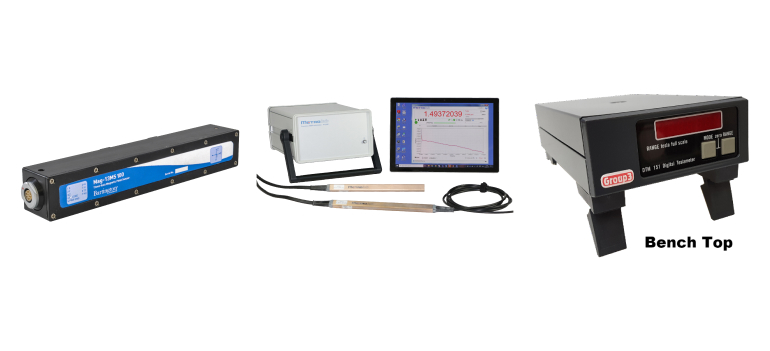
In absolute terms, there really isn’t a difference between the three. They all do the same thing – measure the B field – magnetic field density. However, it’s useful to understand how and why the different terms are used in different contexts.
A magnetometer is a more generic name. Gaussmeter refers to the CGS unit for magnetic field density, which is Gauss. Teslameter refers to the SI unit for the same quantity. The relationship is as follows: 1 Gauss = 100 microTesla. Today’s instruments containing magnetometers give you the option to switch from Gauss to Tesla.
Even though they all measure the same physical quantity, there is a commonly accepted difference between gaussmeter/teslameter and magnetometers. Typically, a gaussmeter/teslameter refers to instruments used to measure high magnetic fields, while a magnetometer will tend to refer to low-intensity magnetic fields (<1mT).
When Was the Magnetometer Invented?
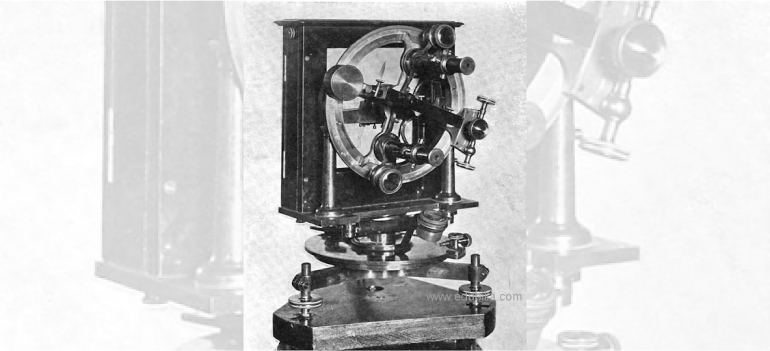
Magnetometers have been around for a very long time. The compass is considered a very basic magnetometer, but the earliest sensors able to measure the amplitude of the field accurately date back to the early 19th century.
In 1833, Carl Friedrich Gauss, head of the Geomagnetic Observatory in Göttingen, published a paper on measurement of the Earth’s magnetic field. The paper described a new instrument consisting of a permanent bar magnet suspended horizontally from a gold fiber. Measuring the difference in the oscillations from when the bar was magnetized and demagnetized allowed Gauss to calculate an absolute value for the strength of the Earth’s magnetic field. The Gauss, the CGS unit of magnetic flux density, was named in his honor.
Later in 1846, Francis Ronalds and Charles Brooke independently invented magnetographs that continuously recorded the magnet’s movements using photography, freeing the burden from observers. These magnetometers were quickly utilised by Edward Sabine and others in a global magnetic survey.
Different technologies (for both magnetometers and gaussmeters/teslameters) have emerged since, with development occurring in the later part of the 19th century through to today.
While the first magnetometer measured the amplitude of the field, technology has since emerged that measures the field in one specific direction, paving the way for vector magnetometers. Fluxgate technologies dating back to the 1930s are used for the measurement of magnetic fields up to approximately one mT in one particular direction, while the Hall effect, used for measurement of stronger magnetic fields, dates back to 1879.
USB DIGITAL Teslameters
USB Digital Teslameters for DC and AC (to 1kHz) Magnetic Field Measurement with ranges from 100uT to >14T
What Are Magnetometers Used For?

We know magnetometers are used to measure a magnetic field, but the number of applications for such use can be a surprise to those not familiar with the versatility of magnetometers. Due to the low amplitude nature of the magnetic field measured, most magnetometer applications are the measurement of the natural field, or distortion of the Earth’s magnetic field by ferromagnetic objects. Ferromagnetic materials generally contain iron, nickel, or cobalt. The presence of these materials in a number of objects (vehicles, electronic devices, weapons, etc.) allows for magnetometers to be used to detect someone carrying a weapon, or someone carrying a ferromagnetic object entering into an MRI suite.
Starting from the lowest field, magnetometers are used for the measurement of biological fields, e.g. brain, heart, or muscles. You can also use magnetometers for the measurement of the Earth’s field, whether this is for mineral/oil exploration purposes, research to understand the mechanisms behind the Earth’s magnetic field, or compassing. You can additionally detect objects by looking at the way the field is distorted around objects. This has utility in defense, security, traffic monitoring, and a number of other industries.
Magnetometer Applications
Compasses

Modern magnetometers have been miniaturized to the point where they can be easily incorporated in integrated circuits at a very low cost. As a result they’re increasingly being used as miniature compasses (MEMS magnetic field sensor). This is the type of magnetometer you might find in your smart phone.
Health care monitoring
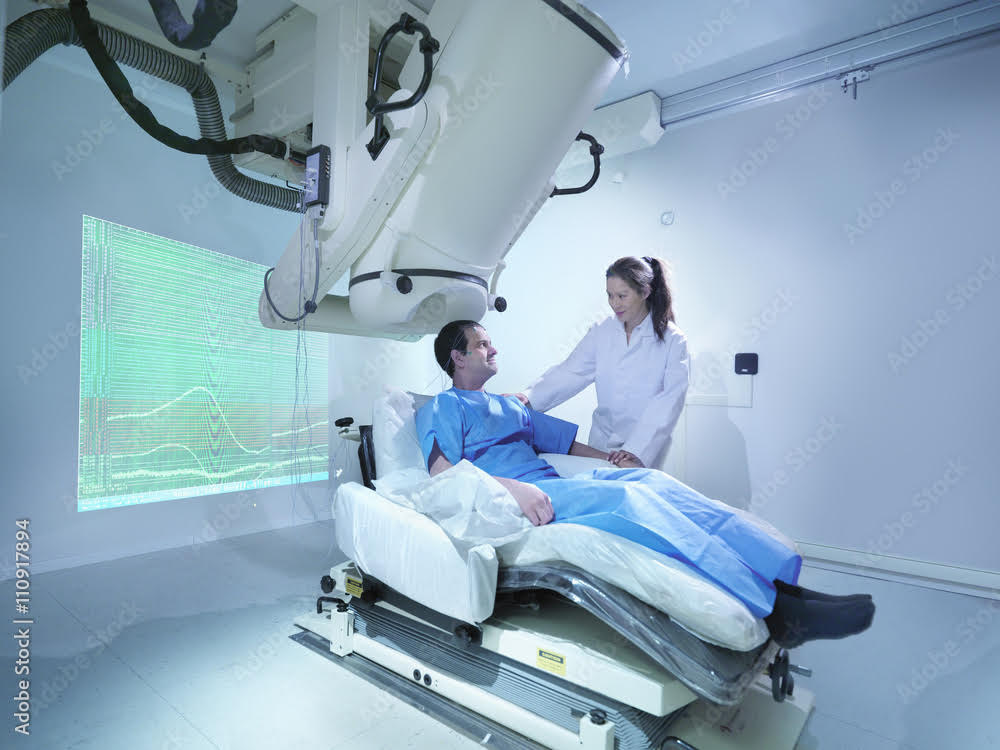
Magnetometers have a number of useful applications in healthcare. They’re extremely useful when performing cardiac applications in diagnostic systems that measure heart function.
Geographical surveys
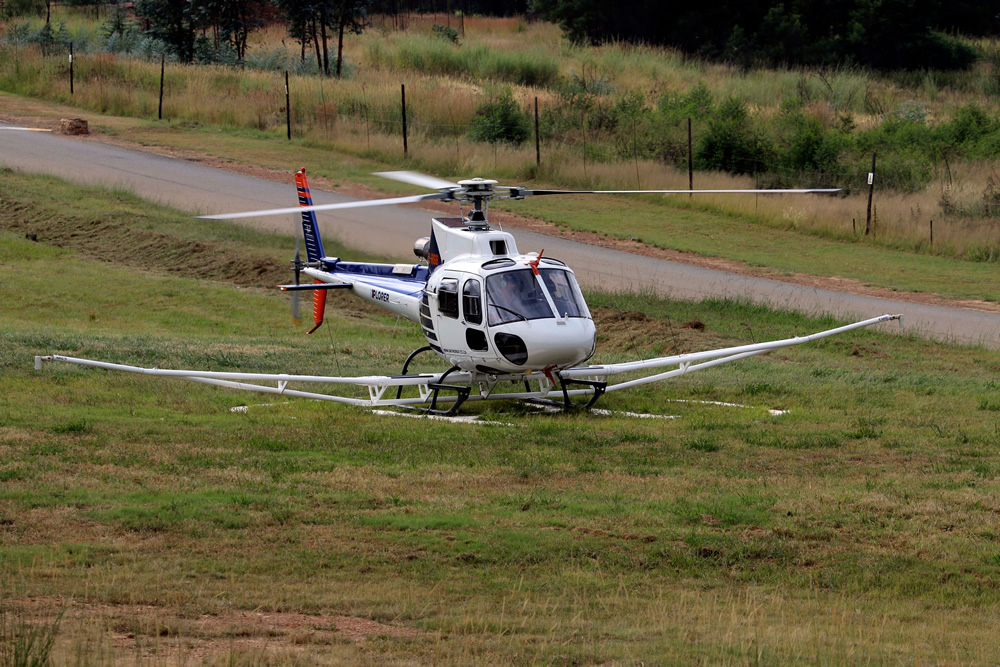
One of the most common applications is measuring the Earth’s magnetic field in geographical surveys. Magnetometers find and identify magnetic anomalies that usually indicate the presence of a mineral ore, or rock hosting valuable mineral.
Airborne Magnetic Survey. Courtesy NRG ZA
Aircrafts
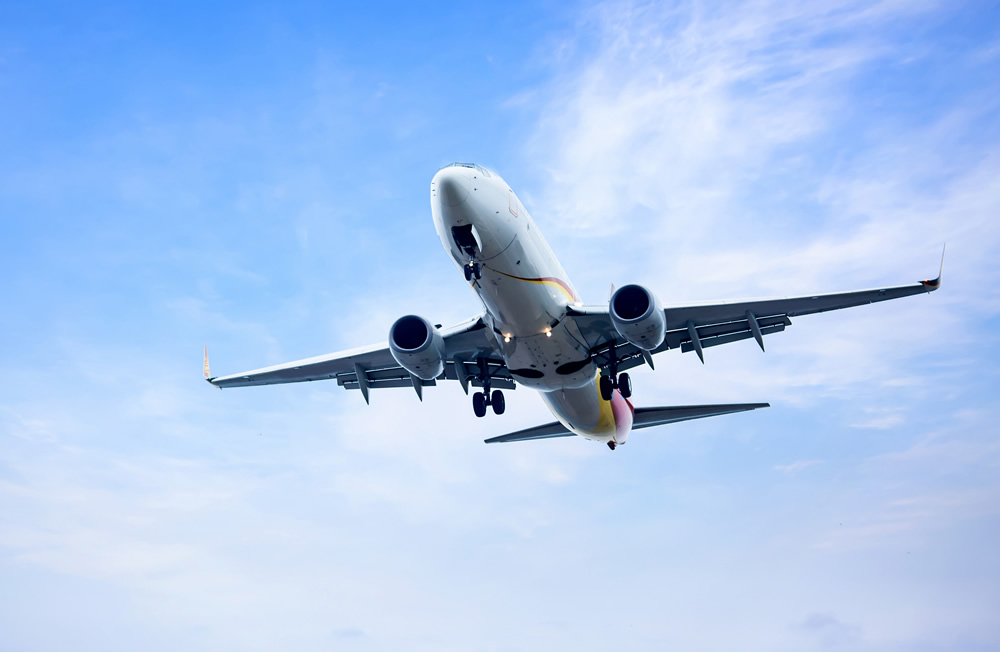
Magnetometers are found on nearly every modern aircraft. They’re typically used as a heading reference in the aircraft’s altitude and heading reference system.
Military
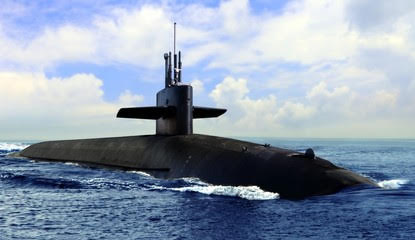
The Navy relies on magnetometers for the detection of submarines as well as the measurement of its own vessels magnetic signature. Magnetometers are also used on land, air, under the sea, and in space.
Oil and gas

The drilling industry relies on magnetometers for determining the direction of drilling tools commonly used nowadays in most drilling operations. They are also used to determine the distance to an existing well in complex well drilling activities. Magnetometers are also used to inspect pipelines (including corrosion).
Metal detection

Because they’re able to detect ferromagnetic metals, magnetometers are extremely useful for the detection of vehicles (traffic monitoring) or in security applications to detect weapons.
Archaeology

Archaeologists use magnetometers to study archaeological sites to detect buried objects.
How Accurate Are Magnetometers/Gaussmeters?

To answer this, it’s useful to first define accuracy and noise. Noise is the intrinsic background fluctuations of the sensor’s output in an environment with no magnetic field. Each sensing technology has its own noise, which varies from a few femtoTesla (10⁻¹⁵) to nT levels (10⁻⁹) or even microtesla (uT). Fluxgate sensors find themselves in the middle with pT level noise (10⁻¹²). This defines the smallest magnetic field that will be measurable.
Accuracy represents how far from the true magnetic field the measurement is. For example, if a magnetometer reads 101uT in an actual field of 100uT, then the accuracy is 1%. The same magnetometer could have noise of 1pT, and so able to measure 101.000001uT, it remains that there is a 1% error from the true reading. Some magnetometers will reach accuracy at the level of fractions of a percent, and some can reach ppm level of accuracy, in short, magnetometers can be extremely accurate.
High Precision Fluxgate Sensors
What is a Gaussmeter?

As noted, magnetometer, gaussmeter and teslameter are all terms referring to an instrument that measures a magnetic field. However, in general, gaussmeters and teslameters tend to refer to units that measure very high fields (from several mT to tens of T). Therefore, gaussmeters and teslameters tend to refer to instruments with the ability to measure very strong fields, namely Hall effect sensors, and NMR sensors. The Hall effect gaussmeters will measure the field in either one or multiple (up to 3) directions of the Earth’s field, while NMR measures only the amplitude of the field regardless of its orientation.
How does a gaussmeter measure a magnetic field?

While there isn’t a unique value of field that is considered dangerous, there are some values that describe a domain above which a magnetic field could have a detrimental impact. The “danger” is both related to the field amplitude and its frequency. Typically, DC and low-frequency fields are less of a problem than high frequency fields. You, therefore, have higher values in the low frequency, and the amplitude decreases as the frequency increases.
There is some guidance for both occupational exposures and general public exposure to fields. For DC, there is a 200mT limit for permanent exposure, (with higher limits for temporary or limb exposure). However, for anyone with an implanted medical device such as a pacemaker, the limit is much lower and set to 0.5mT (5 Gauss).
For reference, the Earth’s field is 0.05mT (0.5 Gauss).This is one of the reasons why MRI machines will have their 5 Gauss line mapped so as to ensure that the general public cannot get exposed to magnetic fields which could interfere with implanted medical devices.
For the purpose of safety, Hall effect sensors or fluxgates are commonly used to map the 5 Gauss lines or measure the ambient fields in industrial areas to ensure compliance to field emissions for both the general public or workers.
Who uses gaussmeters?
 MRI Magnet Assembly. Courtesy: GE
MRI Magnet Assembly. Courtesy: GEDue to the higher amplitude of magnetic fields measured by gaussmeters/teslameters, users include field engineers performing MRI installations, production engineers when running control measurements during the production of MRI magnets or other electromagnets, quality control engineers in factories where magnets and electromagnets are used, or physicists and biologists for the purpose of their research. Due to the nature of the users, the instruments have to be simple to use as not all users are physicists specializing in the field of magnetics.
How much does a gaussmeter cost?
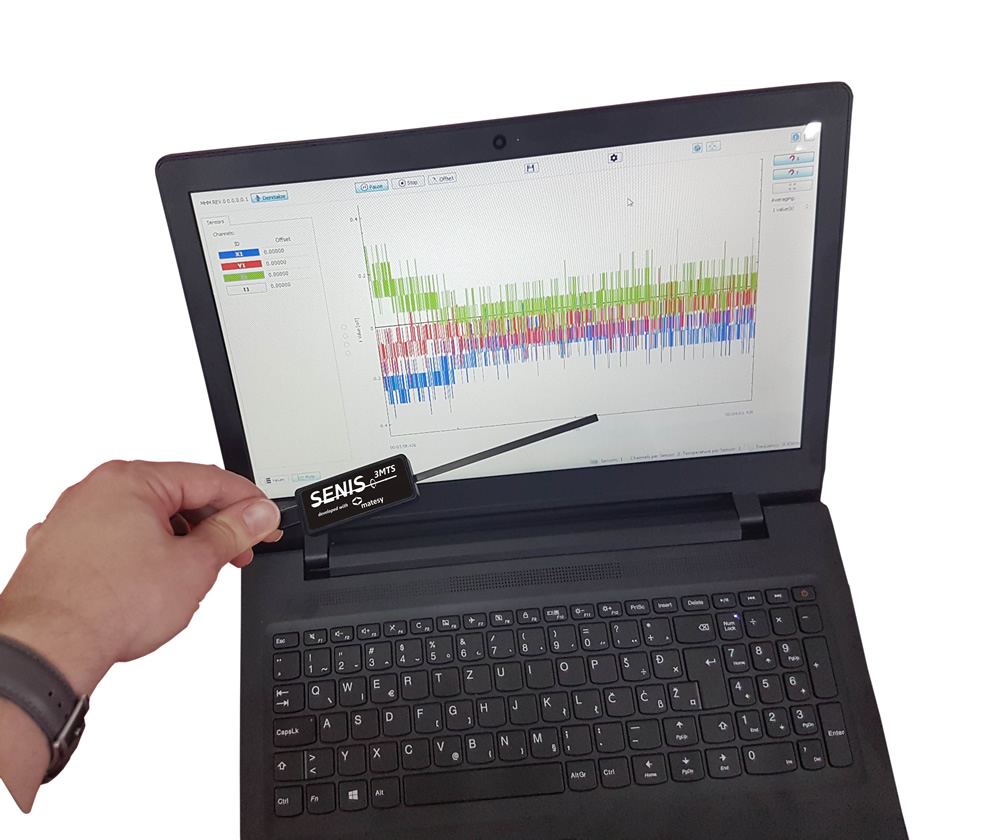
The cost range depends on the technology used, the precision of the sensor, and the environment they are targeted at. Typically you can find the cheapest magnetometer for a few hundred dollars, and it will go up all the way to several tens of thousands of dollars. Most high precision magnetometers/gaussmeters are, however usually below $10k.
METROLAB/ SENIS
Types of Magnetometers/Gaussmeters
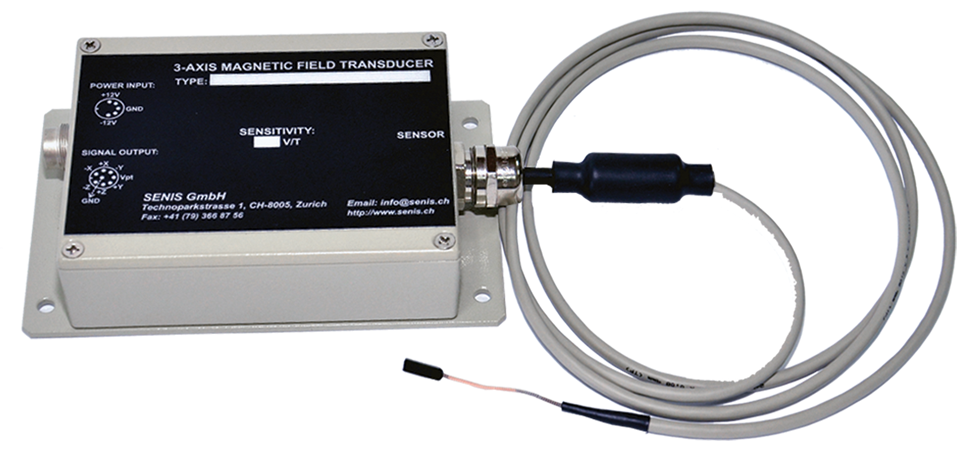
Magnetometers are classified under two categories: scalar and vector. Scalar are used to measure the magnetic flux intensity value. A vector magnetometer is used to measure the magnitude and direction of a magnetic field. These can be sorted into different types such as Hall effect, magnetoresistive, fluxgate, search coil, or SQUID
Vector Magnetometers
Fluxgate magnetometers
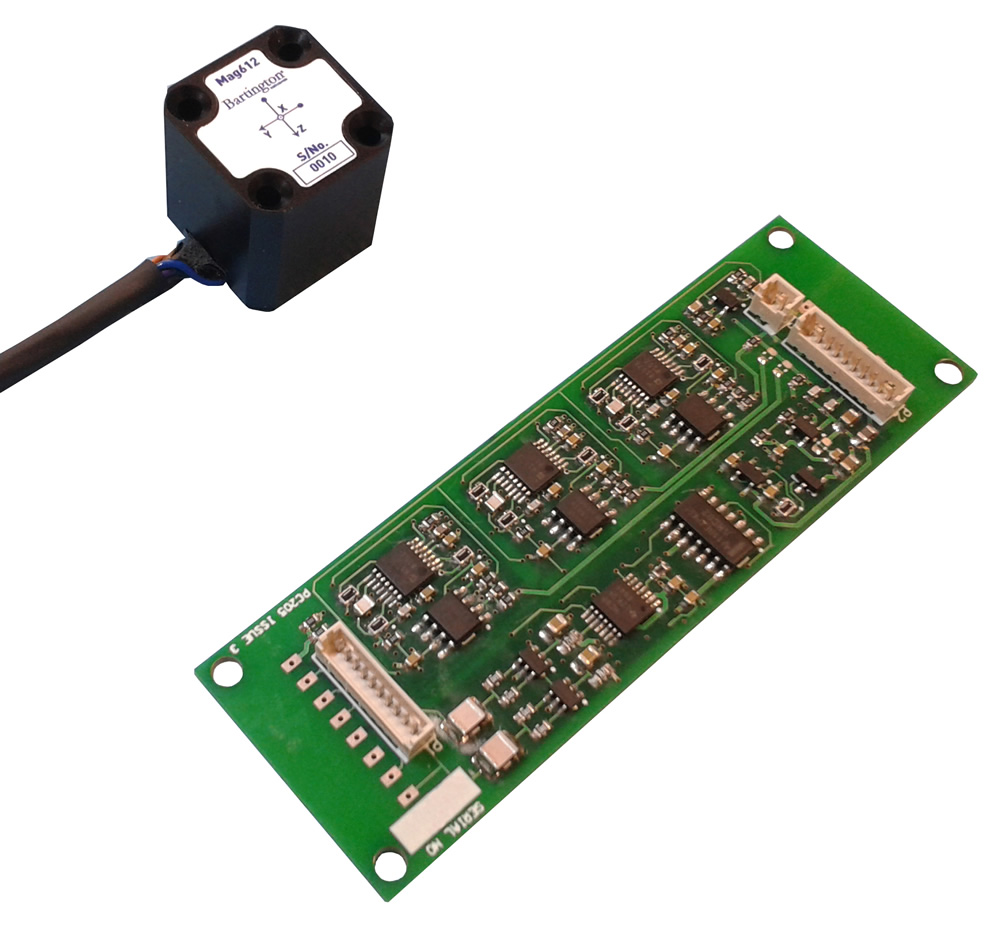
This magnetometer is used for high-sensitivity applications. A fluxgate sensor is made up of magnetically susceptible (high permeability) cores wound by two coils of wire – a primary excitation winding which has an alternating drive current running through it, and a pick-up coil. When operating in a magnetic field, cores saturate at different times, which induces a signal in the pick-up coil. This signal is proportional to the field experienced by the sensor.
Magneto-Resistive magnetometers
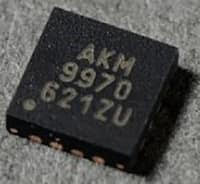
These are semiconductor devices where the electrical resistance changes depending on the applied or ambient magnetic field.
SQUID magnetometers
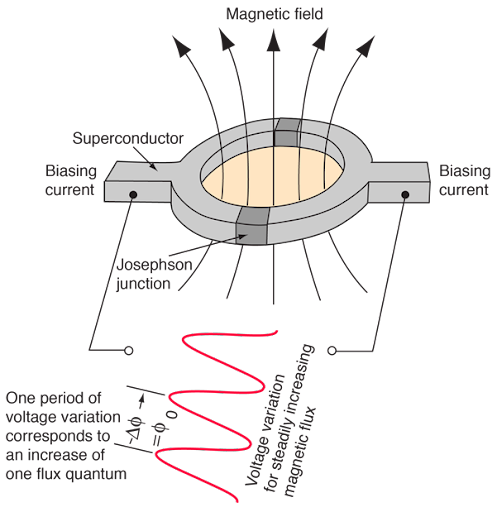
This magnetometer consists of two superconductors separated by thin insulating layers to form two parallel junctions. Given how sensitive they are to the low range intensity fields, they are most often used to measure the magnetic fields produced by the brain or heart in medical applications.
Search-coil magnetometers
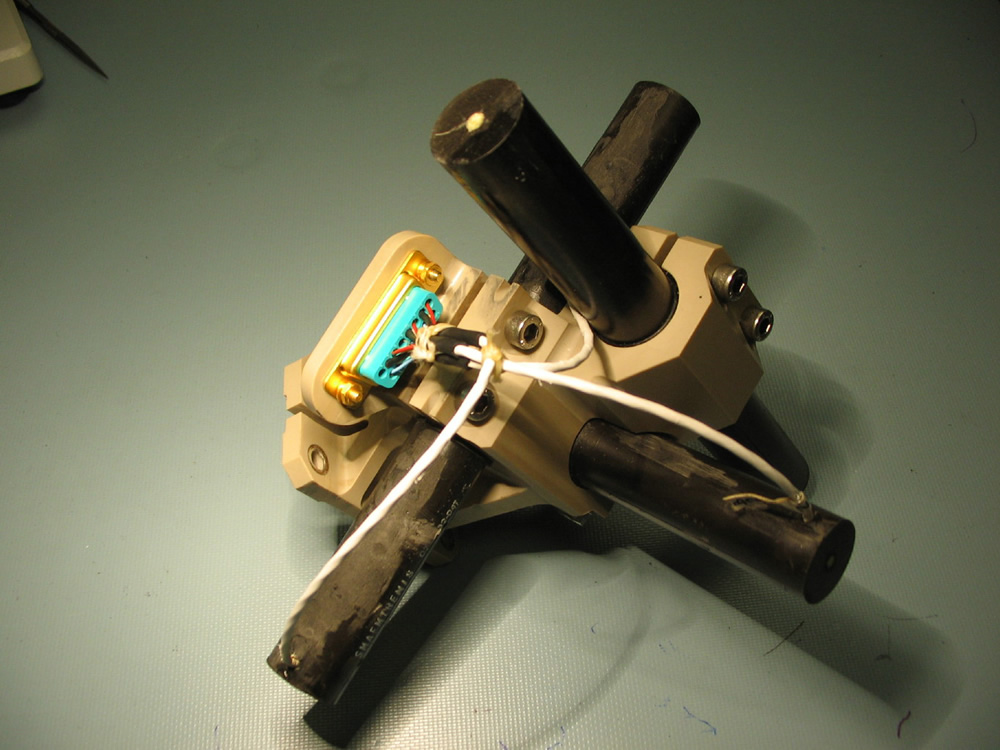
This magnetometer consists of copper coils where a magnetic core can be used in some cases. A varying magnetic field will induce a voltage in the coils which is proportional to the strength of the field measured. These sensors can only measure AC magnetic fields
Hall effect gaussmeters/teslameters
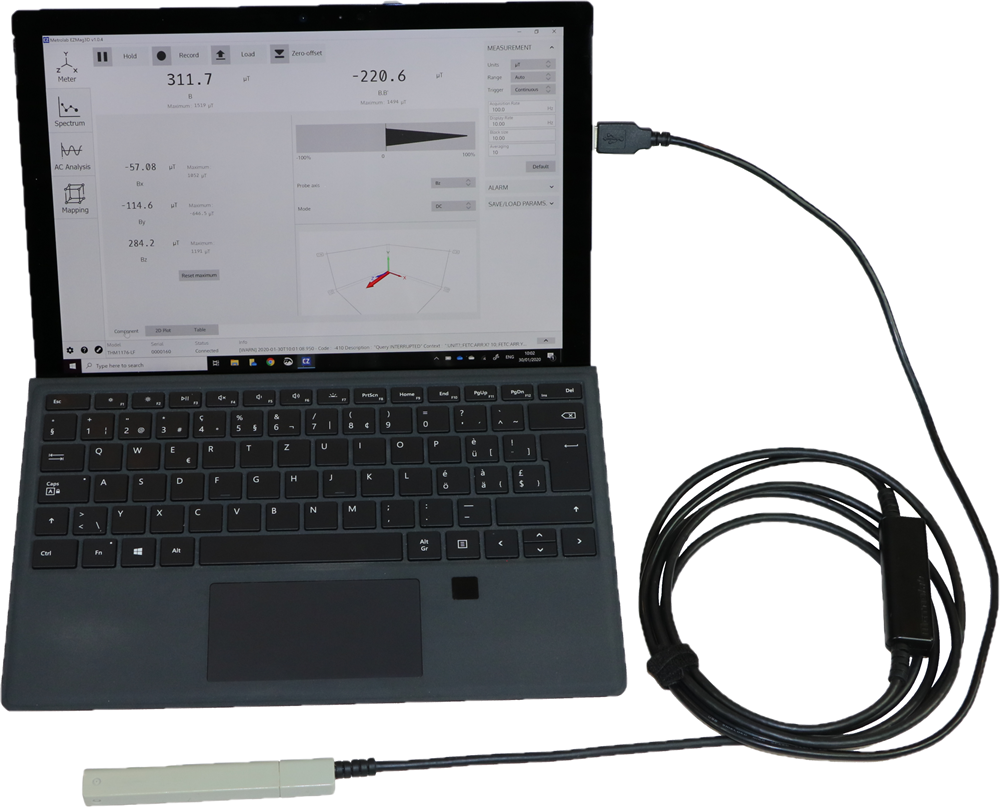
The Hall effect is the production of a voltage difference (the Hall voltage) across an electrical conductor, transverse to an electric current in the conductor and to an applied magnetic field perpendicular to the current. The voltage produced is directly proportional to the magnetic field amplitude applied orthogonally to the current pathway.
Request Help/Info
If you need to contact someone specific, please visit our Contact Info page. Thank you!
Request Form
Scalar magnetometers
Proton precession magnetometers

When a polarizing DC current is sent through a solenoid, it creates a strong magnetic flux around the hydrogen-rich fuel like kerosene. Some of the protons get aligned with the flux. Upon the release of the polarizing field, the proton realign themselves to the ambient field and precess at a frequency that is related to the amplitude of the ambient field.
NMR teslameter
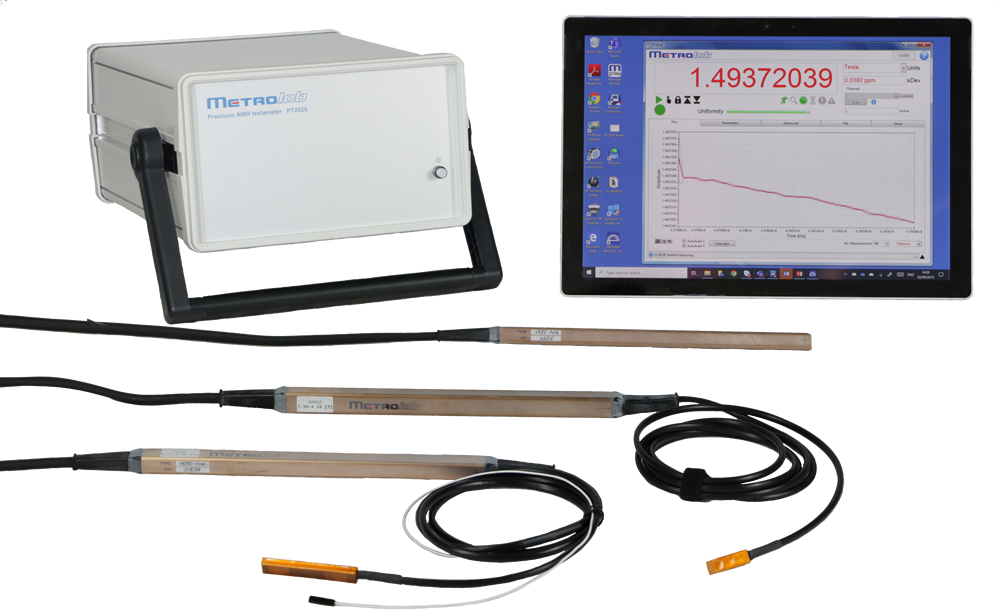
NMR magnetometers use an AC field applied to a sample. In the absence of the exciting AC field, the nucleus precesses around B0. When applying the right frequency, the nucleus can be switched to precess around the AC field B1.The applied frequency (Larmor frequency) is a direction function of the nucleus used (known entity) and the external B0 field (to be measured).
Precision Fluxgate and NMR
How Do Magnetometers Affect Everyday Life?
Magnetometers are hiding all around us. Your phone has a magnetometer, for example. You may ask, “Why does my phone have a magnetometer?” As noted in the applications, magnetometers are widely used for compassing, and thus used in your phone, as it allows it to determine the orientation of the phone in relation to the local magnetic field. This is very useful for navigation purposes.
What does a magnetometer do in an airplane?
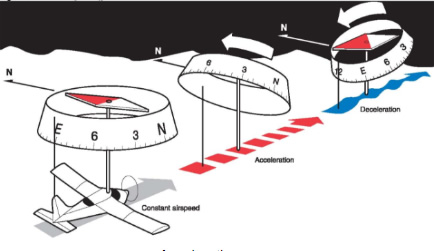
For the same reason that you have a magnetometer on a phone for compassing, magnetometers on aircraft are used as a heading sensor. Though in general, magnetometers on aircraft are used as a backup to alternative heading sensors.
Do magnetometers work underwater?

Yes, magnetometers, when appropriately packaged, can be used underwater. This includes both total field magnetometers as well as vector magnetometers, and most particularly fluxgate sensors. Vector magnetometers underwater are used for defense applications (a signature of navy vessels), detection of ferromagnetic masses, and geophysics research. While some of these applications only require submersion to a few tens of meters, other cases see sensors deployed to depths in excess of 6000 m deep.
Fluxgates are available in different packages to achieve the different depths of submersion.
In what other environment can I use magnetometers?
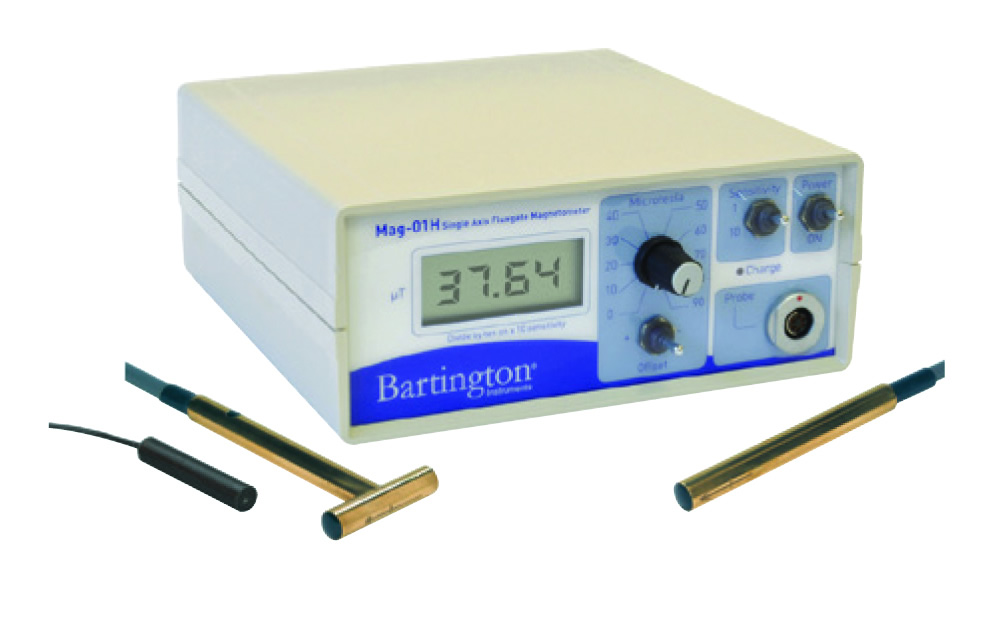
In addition to land and water environment, magnetometers can be used in space (mainly vector magnetometers and most particularly fluxgate sensors), in low-temperature environments (usually for physics experiment and particle accelerator applications, again fluxgate sensors are the main type of sensor used here, though Hall sensors are increasingly getting used in these environment), in a vacuum (usually associated with the low temperature environment described above).
Today’s magnetometers have been developed to meet almost any type of harsh environment that you can think of.

